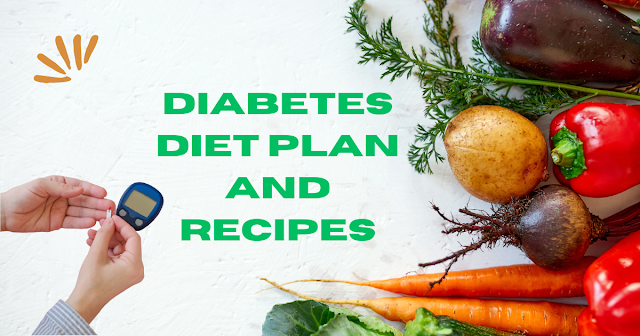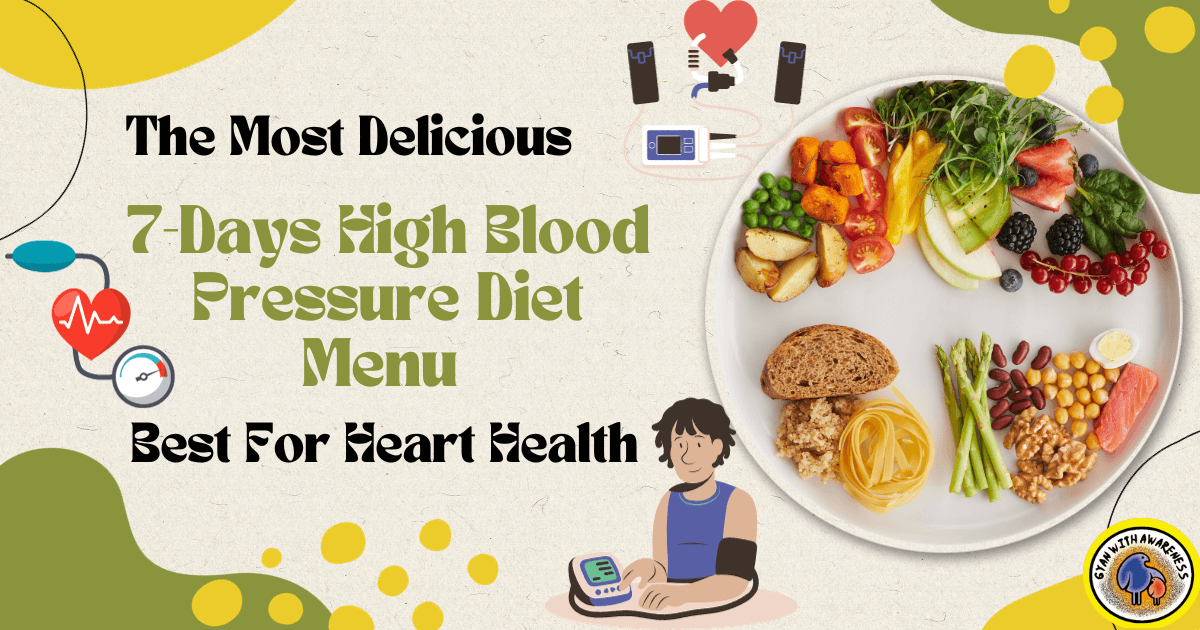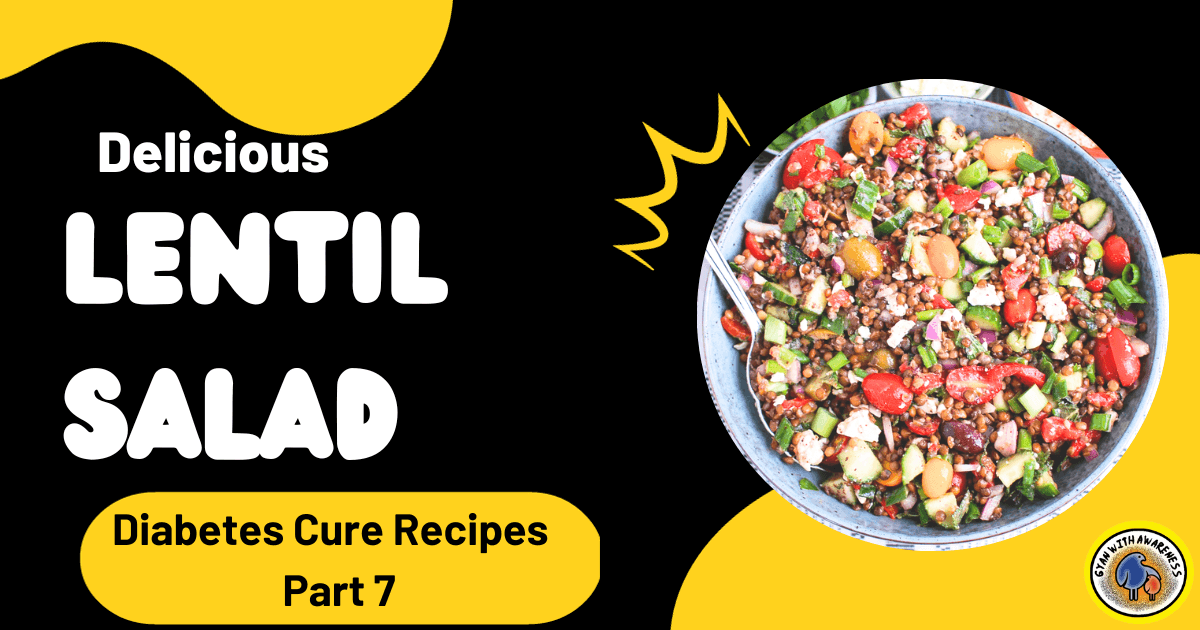Diabetes Diet Chart is the perfect platform for diabetic people to finish their appetite. A diabetes diet chart is a structured eating plan designed to help individuals with diabetes manage their blood sugar levels and overall health. It focuses on consuming a balanced combination of carbohydrates, proteins, and fats in appropriate portions, while also considering the glycemic index of foods.
The Diabetes Diet Chart typically emphasizes whole grains, lean proteins, healthy fats, and plenty of fruits and vegetables. It aims to control blood sugar levels, promote weight management, and reduce the risk of complications associated with diabetes. Following a diabetes diet chart, in conjunction with regular physical activity and medication, can greatly contribute to better diabetes management and overall well-being.
Why a diabetes diet chart is needed?
A diabetic diet chart is crucial for individuals with diabetes because it plays a vital role in managing blood sugar levels and promoting overall health. Here are the reasons why a diabetic diet plan is needed:
1. Blood sugar control:
2. Weight management:
3. Cardiovascular health:
4. Energy and well-being:
5. Disease management:
Proper nutrition plays a crucial role in managing other health conditions that often coexist with diabetes, such as high blood pressure and high cholesterol. A diabetic diet plan can help control these conditions and reduce the risk of complications.
Diabetes Diet Chart for a diabetic person:
A Diabetes Diet Chart for a diabetic person focuses on maintaining stable blood sugar levels and overall health. Here are some key principles of a diabetic diet plan:
1. Carbohydrate management:
Monitor and control carbohydrate intake to avoid spikes in blood sugar. Choose complex carbohydrates with a low glycemic index, such as whole grains, legumes, and non-starchy vegetables. Limit or avoid refined sugars and processed foods.
7. Hydration:
Stay well-hydrated by drinking water throughout the day. Limit sugary beverages and opt for calorie-free options like unsweetened tea or infused water.
8. Regular physical activity:
To improve insulin sensitivity, manage weight, and promote overall well-being, combine a healthy diet with regular physical activity.
Some best food items :
Jamun:
- Jamun, also known as Indian blackberry, is a low glycemic index fruit that can help regulate blood sugar levels.
- It contains anthocyanins, which have anti-diabetic properties and may improve insulin sensitivity.
- Jamun is rich in antioxidants, vitamins, and minerals, making it a nutritious addition to a diabetic diet.
- Consuming jamun in moderate quantities can aid in managing blood sugar levels and promoting overall health.
Nuts:
- Almonds, walnuts, and pistachios are high in fibre, protein, and nutritious fats.
- Nuts have a low glycemic index, they may help improve insulin control and lower the risk of coronary disease.
- Nuts are a filling snack that can help you feel full and avoid overeating.
- They should be ingested in moderation as part of an appropriate diabetes diet chart.
Also Read: 7 Diabetes Symptoms You Never Knew Existed: A Wake-Up Call
Fish:
• Salmon, mackerel, and sardines are high in the fatty acids omega-3 and abundant in protein.
• A regular intake of fish may lower the possibility of heart disease, a common complication of diabetes.
• Including fish in a diabetic’s diet provides essential nutrients while also promoting overall health.
Barley (Jau):
• Because barley is a whole grain with a low glycemic index, it is a good choice for diabetics.
• It contains soluble fibre, which slows digestion, promotes satiety and aids in blood sugar regulation.
• It is also high in vitamins, minerals, and antioxidants, which promote overall health.
• Incorporating barley into the diet as porridge, soups, or salads can provide sustained energy and help with glycemic control.
Recipes:
Recipe 1: Grilled Salmon with Roasted Vegetables
Ingredients:
• 2 salmon fillets
• 1 tablespoon olive oil
• Salt and pepper to taste
• 1 teaspoon dried herbs (such as thyme, oregano, or rosemary)
• 1 cup mixed vegetables (broccoli, bell peppers, zucchini)
• 1 tablespoon lemon juice
• Fresh parsley for garnish
Instructions:
Prep the grill by heating it to medium-high heat.
Season the salmon fillets with a pinch of salt, pepper, and a mixture of dried herbs to taste. Make sure to brush them with olive oil before grilling.
Grill the salmon for 4-5 minutes per side, or until it is fully cooked and easily flakes apart.
To begin, heat your oven to 400 degrees Fahrenheit (200 degrees Celsius).
Toss a variety of mixed vegetables with a combination of spices and a drizzle of oil on a baking sheet. Roast them in the oven for 15-20 minutes or until tender and slightly charred. Squeeze lemon juice.
To enhance the presentation, sprinkle the grilled dish with a generous garnish of fresh parsley leaves.
Recipe 2: Jamun Smoothie
Ingredients:
• 1 cup fresh jamun (black plum) pulp
• 1 cup of low-fat yogurt
• 1 tablespoon honey (optional)
• 1/2 teaspoon ground cardamom
• Ice cubes
Instructions:
1. In a blender, combine the jamun pulp, yogurt, honey (if desired), and ground cardamom.
2. Blend until smooth and creamy.
3. Add a few ice cubes and blend again until the smoothie reaches your desired consistency.
4. Pour the smoothie into glasses and serve chilled.
5. Enjoy the refreshing and nutritious jamun smoothie as a healthy snack or breakfast option.





.png)
.png)






1 thought on “12-Day Diabetes Diet Chart: A Plan for Balanced Blood Sugar”